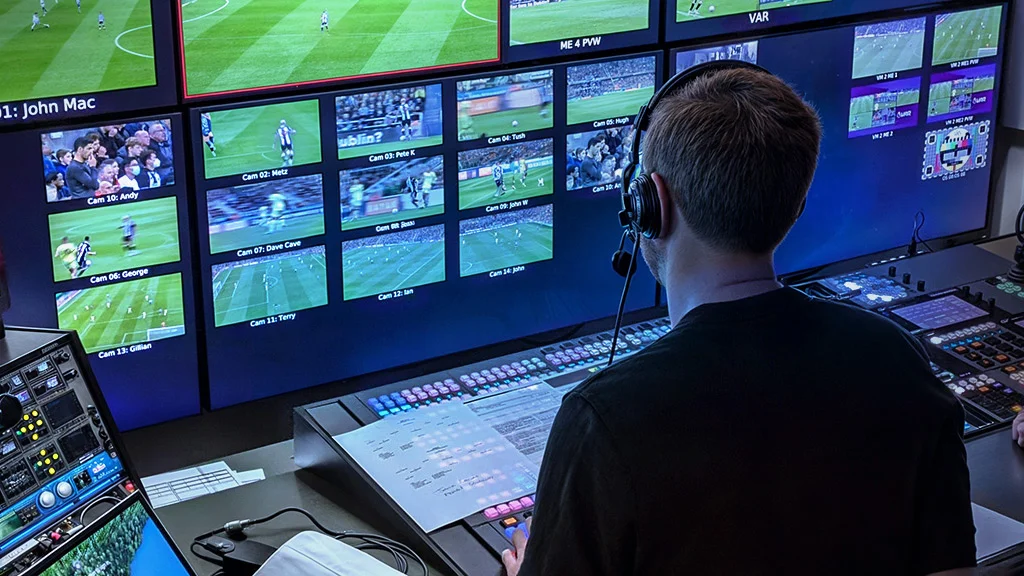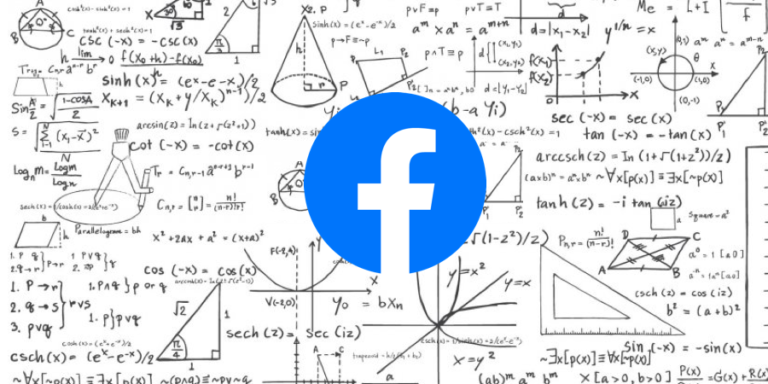
It is simple to believe that in the age of digital media, social networks, and instant content exchange, the relevance of traditional broadcasting media, namely television and radio, is eradicated. Nonetheless, that assumption could not be closer to the truth. In the year 2025, broadcast monitoring still remains an essential instrument in the formation of the perception of the population, in the development of political speech, and in the brand strategy. Although digital channels create traffic of conversations generated at high speed, broadcast tracking has a certain degree of credibility, reach, and impact that cannot be matched.
The Perennial Strength of Broadcast Media.
Television and radio continue to hold millions of daily audiences both in the United States and globally. News outlets, live debates, as well as current affairs programs influence discourses that are subsequently taken over by the digital platforms. A segment in a national broadcast may soon spread on Twitter, TikTok, and online media within minutes. It is this interdependence that has made Broadcast Monitoring Services survive to become a pillar of contemporary Media Monitoring Services – to alleviate the stigma between old and new ecosystems.
Businesses, government organizations, and PR teams can identify the problems on the way, estimate a response, and act proactively by tracking the broadcasts in real time. This kind of insight is priceless during a crisis management situation, where it enables the teams to monitor the tone of coverage, predict the mood of the population, and make changes to the messages.
Beyond the Screen: the Broadcast-Digital Media Feeling.
Broadcast Monitoring Solutions in the modern context no longer require the ability to record or transcribe audio-visual content. They are now compatible with media intelligence to provide integrated intelligence on various types of media. Transcription, facial recognition, and sentiment analysis through AI capabilities enable one to convert raw video and audio to actionable intelligence.
As an example, the brand spokesperson can be invited to a morning show, and the system will automatically label the mention, determine the sentiments, and associate that appearance with online engagement or stock activity spikes. This kind of integration enables organizations to get the big picture of how broadcast exposure can be translated into digital conversation and consumer action.
The emergence of AI and automation in broadcast monitoring.
Broadcast Monitoring Platforms have been reinvented by automation and artificial intelligence in terms of speed and accuracy. Rather than having to track things manually or use keyword notifications, modern systems use natural language processing (NLP) and computer vision to recognize topics, logos, and people in seconds.
Broadcast Tracking tools powered by AI allow the analyst to concentrate on interpretation and not on data gathering. They identify trends, like repeated references to a competitor, a change in sentiment, or a correlation between the televised coverage and online buzz, which would otherwise be difficult to pick individually.
Such real-timeability provides a strategic advantage to the brands, policymakers, and journalists. By breaking stories, they are able to gauge visibility, tone, and reach instantly acoustically across several channels – this assists them to make informed and timely decisions.
PR/Brand Management: Broadcast Monitoring.
Broadcast Monitoring Services are also indispensable to public relations professionals. They offer an in-depth analysis of the reception of messages in the mainstream media, which assists in constructing communications strategies and brand reactions. One negative TV appearance may have more influence than dozens of positive mentions on the Internet, and it is essential to monitor all references on air.
On the same note, marketers rely on broadcast data to determine emerging influencers, campaign effectiveness, and competitor visibility. The results of broadcast intelligence are augmentative to digital analytics, forming a comprehensive perspective of brand health and social opinion.
The Reason It Still Matters in a Digital-First World.
The importance of Broadcast Monitoring Solutions in the high-speed digital world is that they are able to bridge credibility with immediacy. The traditional media is a source of confidence to the audience, whereas the digital media enhances and responds to it. Making an omission out of broadcast intelligence is to overlook what lies at the center of most trends and debates on the internet.
With the integration of Broadcast Monitoring Platforms alongside social listening and media intelligence platforms, organizations will have a clearer understanding of the entire storyline of a particular story, both when it first aired on television and when it went viral on the Internet.
Conclusion
Broadcast monitoring software is still demonstrating its value as an essential part of the all-encompassing media intelligence due to the changing nature of technology. It assists companies in preempting the stories, reputation management, and also remaining ahead of the discussion, regardless of whether the news is broadcast or published on the internet. With the modern news ecosystem being digital first, speed is not the only prerequisite to success, but context, and broadcast monitoring provides both.
Author Profile

Latest entries
 FCSDecember 18, 2025The Road to Nashville: FCS Semifinal Preview
FCSDecember 18, 2025The Road to Nashville: FCS Semifinal Preview NFLDecember 18, 2025End of an Era? Dolphins Bench Tua Tagovailoa for Rookie Quinn Ewers
NFLDecember 18, 2025End of an Era? Dolphins Bench Tua Tagovailoa for Rookie Quinn Ewers HockeyDecember 18, 2025Unstoppable Fleet: Boston Shuts Out Sirens to Make PWHL History
HockeyDecember 18, 2025Unstoppable Fleet: Boston Shuts Out Sirens to Make PWHL History NBADecember 17, 2025Emirates NBA Cup: New York Knicks Fourth-Quarter Blitz Silences the San Antonio Spurs
NBADecember 17, 2025Emirates NBA Cup: New York Knicks Fourth-Quarter Blitz Silences the San Antonio Spurs

 Steelersforever.org
Steelersforever.org





